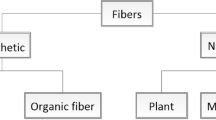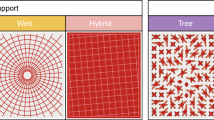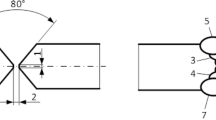Abstract
At the present time, the amount of polymers used for lightweight design applications is increasing steadily. In the past, components made from polymers have often been designed using conventional structural design concepts. These concepts do not scope all of the potential benefits of the material which could be used for lightweight design. A new technology for the joining of polymers used for lightweight structures is the laser welding process. For structures joined using this new technology, the specific values of mechanical properties of the polymer weld lines, which are essential for lifetime estimation, are often missing. In most instances, the requirement is for laser welded structural components to be hermetically sealed. Therefore, inner pressure testing is an allocated test scenario. Test specimens that can be used to represent specific inner pressure load scenarios are only partially available. This paper presents a new type of test specimen for inner pressure loading at the laser weld line. Based on experiments, S/N-curves for inner pressure loading and different laser weld process applications have been established.





Similar content being viewed by others
References
Hartmann J, Büter A (2010) Experimentelle Materialprüfung von kurzglasfaserverstärkten Thermoplasten im Sinne der Betriebsfestigkeit. 11. Darmstädter Kunststofftag
Hartmann J, Moosbrugger E, Büter A (2011) Variable amplitude loading with components made of short fiber reinforced Polyamide 6.6., 11th International Conference on the Mechanical Behaviour of Materials
Hartmann J, Büter A (2010) Relationship between mechanical loading, and geometry and its influence on the fatigue behaviour of short fiber reinforced thermo-plastics. 14th European Conference on Composite Materials
Spancken D, Decker J, Büter A (2013) Betriebsfeste Bemessung von thermoplastischen Laserschweißnähten; Landshuter Leichtbau-Colloquium
Russek UA (2006) Prozesstechnische Aspekte des Laserdurchstrahlschweißens von Thermoplasten. Dissertation RWTH Aachen; Shaker Verlag, Aachen
Laakso P, Ruotsalainen S, Kujanpää V (2011) Pyrometer control for quasi-simultaneous laser welding. VTT Technical Research Centre of Finland, Lappeenranta University of Technology; 13th NOLAMP Conference
Hartmann J, Monin M, Marie Louise A, Ayglon D, Robichon P, Limousin L, Gerard F, Naudin F, Guyon D, Launay A, Raoult I, Büter A, Sonino CM (2011) Influence of frequency and stress concentration on fatigue behavior of short-glass-fibre reinforced polyamides. International conference on fatigue design
Sonino CM, Moosbrugger E (2007) Fatigue design of highly loaded short-glass-fibre reinforced polyamide parts in engine component. Int J Fatigue 30:1274–1288
Acknowledgments
The authors thank the European Union for the financial support for the research project “Polybright”. They also thank Treffert GmbH & Co. KG for providing materials.
Author information
Authors and Affiliations
Corresponding author
Additional information
Doc. IIW-2494, recommended for publication by Commission XVI “Polymer Joining and Adhesive Technology.”
Rights and permissions
About this article
Cite this article
Spancken, D., Decker, J., Ruotsalainen, S. et al. Fatigue design of thermoplastic laser welds. Weld World 59, 65–70 (2015). https://doi.org/10.1007/s40194-014-0187-y
Received:
Accepted:
Published:
Issue Date:
DOI: https://doi.org/10.1007/s40194-014-0187-y




